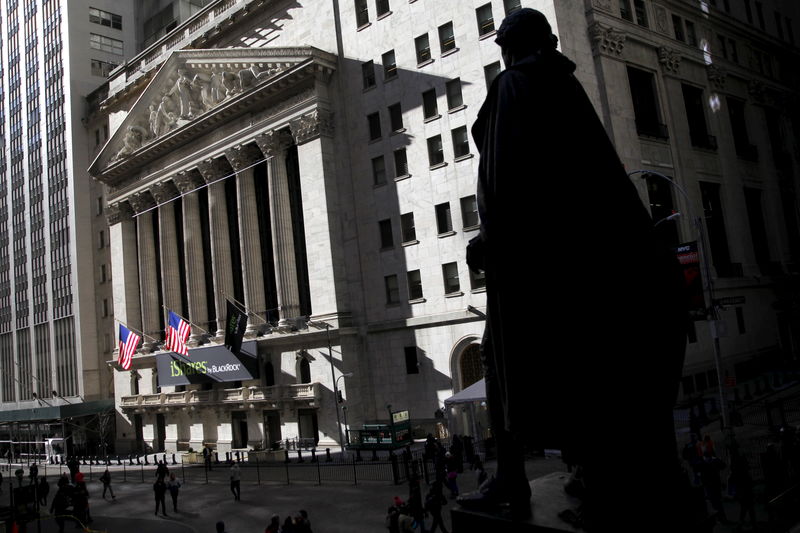This post was originally published on this site

Investing.com — U.S. stock markets opened mostly higher on Thursday but with signs that the exuberant rally in the wake of Wednesday’s decisions from the Federal Reserve is fading.
By 9:44 AM ET (1444 GMT), the Dow Jones Industrial Average was up 117 points, or 0.3% at 36,044 points. The S&P 500 was up 0.2% while the Nasdaq Composite was down 0.3%. All three indices had posted sharp gains on Wednesday after the Federal Reserve said it will phase out its bond purchases by March, paving the way for what its projections suggest will be three quarter-point interest rate hikes before the end of next year.
The Fed made its decisions against a backdrop of relative economic strength that was again reflected in data from the labor and housing markets on Thursday. Initial jobless claims ticked up to 206,000 last week but ongoing claims for regular unemployment benefits fell by over 150,000 to 1.845 million, their lowest since the start of the pandemic.
In addition, housing starts and building permits numbers for November were both stronger than expected, with housing starts rising to their highest since March and building permits also rising 3.6% on the month.
The housing numbers weren’t strong enough to stop Lennar (NYSE:LEN) stock from falling 4.8% on a day when it reported problems with high lumber prices and other product shortages in its quarterly report. Lumber prices, which were trading at around $400 a ton before the pandemic started, have been on a wild ride in the last two years, peaking at over $1,700 in April before falling back to around $450 in the summer. However, they’ve since shot higher again and now trade at just over $1,100 a ton.
Adobe (NASDAQ:ADBE) stock also fell heavily, losing 7.2% after its guidance for the coming fiscal year fell well short of expectations. Its earnings guidance of $3.70 in earnings per share next year is barely a third of the market consensus ahead of time and leaves the stock trading at over 150 times expected earnings, a stark reminder of how stretched some technology stock valuations still are despite their declines in recent weeks.

